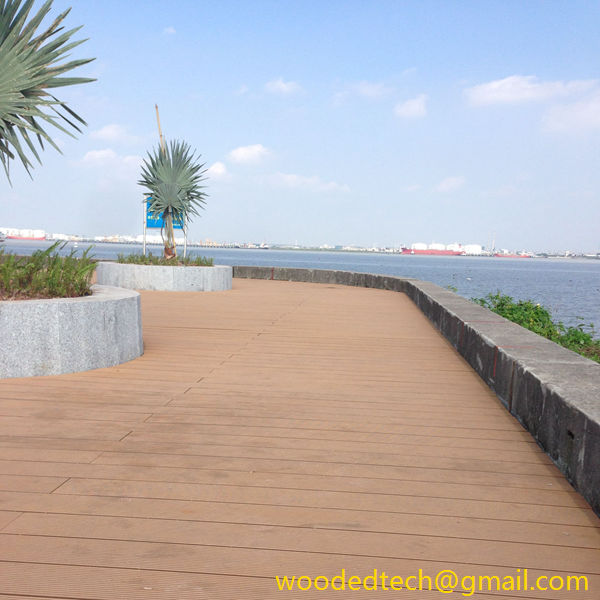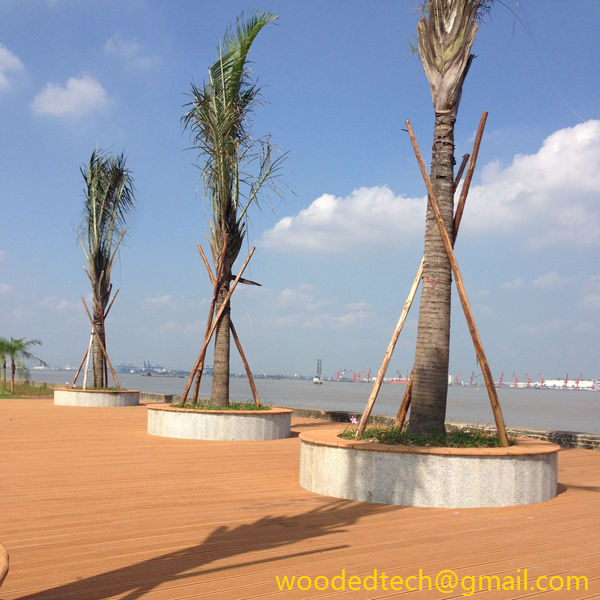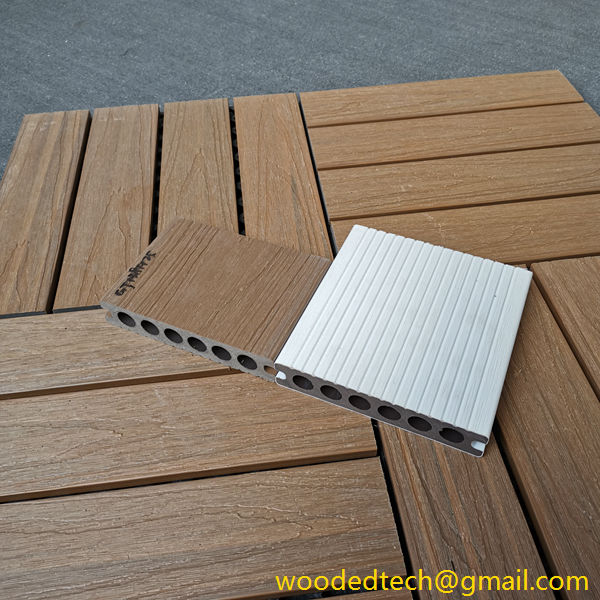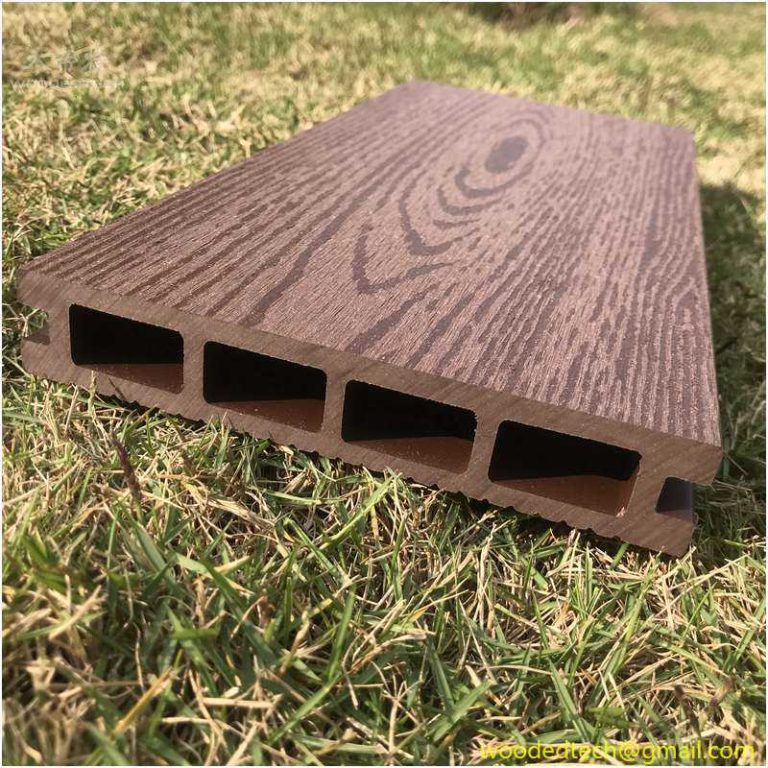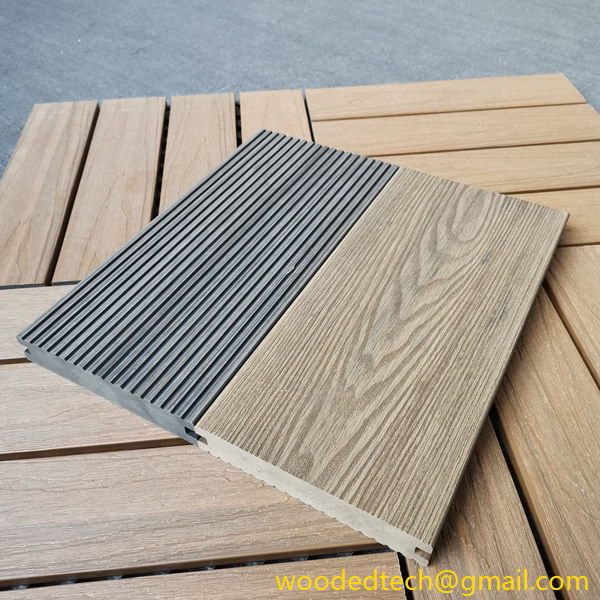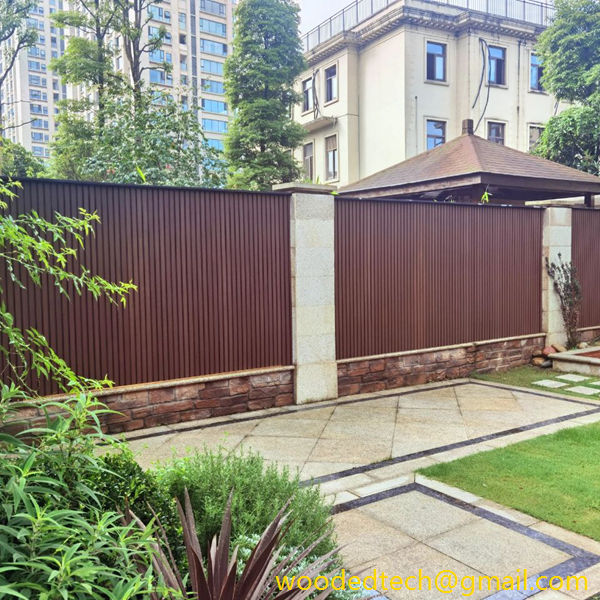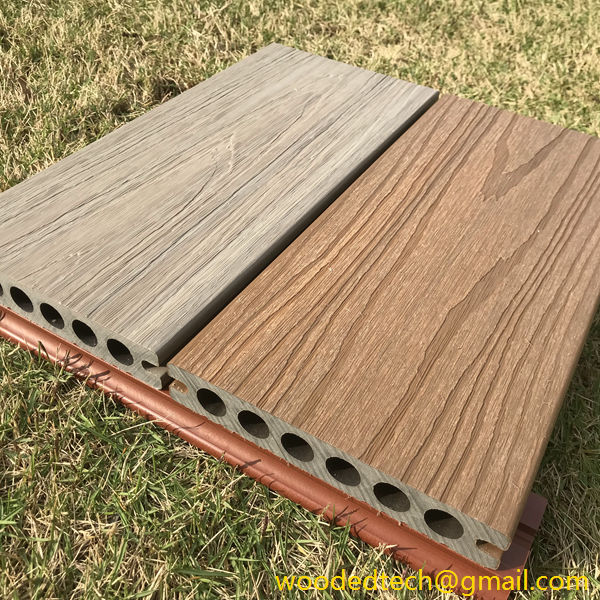Understanding Wood Plastic Composite Decking HS Code for Business Compliance
Understanding Wood Plastic Composite Decking HS Code for Business Compliance In today’s eco-conscious world, the demand for sustainable building materials has surged, leading to the popularity of wood plastic composite (WPC) decking. This innovative material combines the natural beauty of wood with the durability of plastic, making it an attractive option for both residential and…
Understanding Wood Plastic Composite Decking HS Code for Business Compliance
In today’s eco-conscious world, the demand for sustainable building materials has surged, leading to the popularity of wood plastic composite (WPC) decking. This innovative material combines the natural beauty of wood with the durability of plastic, making it an attractive option for both residential and commercial projects. As businesses look to capitalize on this trend, it is crucial to understand the implications of importing and exporting WPC decking, particularly in relation to its Harmonized System (HS) code. This article aims to provide a comprehensive overview of WPC decking, its applications, and the significance of the HS code in ensuring business compliance.
WPC decking is a composite material made from a blend of wood fibers and plastic. This combination results in a product that is not only aesthetically pleasing but also resistant to moisture, rot, and insects. These qualities make WPC an ideal choice for outdoor applications such as decks, patios, and walkways. Moreover, WPC decking is available in a wide range of colors and textures, allowing for customization that can suit any design preference. It can mimic the appearance of natural wood while offering enhanced durability and lower maintenance requirements.
As businesses engage in the manufacture, import, or export of WPC decking, understanding the correct HS code is essential. The Harmonized System is an internationally standardized system of names and numbers for classifying traded products. It was developed by the World Customs Organization and is used by customs authorities worldwide to identify goods when assessing tariffs and taxes. For WPC decking, the HS code plays a critical role in ensuring compliance with trade regulations and avoiding potential fines or delays at customs.
The HS code for WPC decking typically falls under the broader category of “Wood and articles of wood; wood charcoal.” More specifically, it can be classified under the subheading that corresponds to “Composite wood products.” However, the exact code may vary depending on the specific composition of the product, including the ratio of wood to plastic and the manufacturing process used. Therefore, it is essential for businesses to accurately determine the appropriate HS code for their specific products. This involves consulting with industry experts or utilizing resources provided by customs authorities to ensure compliance.
In addition to ensuring compliance with customs regulations, knowing the correct HS code for WPC decking can also help businesses navigate international trade agreements. Different countries may have varying tariffs and trade policies related to composite materials. By accurately classifying their products, businesses can take advantage of preferential tariffs and avoid unnecessary costs, ultimately enhancing their competitiveness in the global market.
Moreover, understanding the HS code for WPC decking can aid in inventory management and product categorization. Businesses that deal with multiple product lines can utilize HS codes to streamline their operations and improve efficiency. By categorizing products based on their HS codes, companies can better track sales, manage stock levels, and forecast demand. This data-driven approach can lead to more informed decision-making and ultimately drive business growth.
It is also important to consider the environmental implications of WPC decking. As a composite material, WPC is often promoted as a sustainable alternative to traditional wood decking. Many manufacturers use recycled plastics and reclaimed wood fibers in their production processes, contributing to waste reduction and resource conservation. However, businesses must also be aware of the environmental regulations that may apply to WPC products in different markets. Understanding these regulations, along with the relevant HS codes, can help businesses align their practices with sustainability goals and enhance their brand reputation.
In conclusion, as the popularity of wood plastic composite decking continues to rise, understanding the implications of its HS code is crucial for businesses involved in its production, importation, or exportation. The HS code not only facilitates compliance with customs regulations but also plays a vital role in navigating international trade agreements. By accurately classifying their products, businesses can enhance their competitiveness, streamline operations, and align with sustainability standards. As the market for WPC decking expands, staying informed about regulatory requirements and industry trends will be essential for long-term success in this dynamic sector.
By investing time and resources into understanding the complexities of HS codes and compliance, businesses can position themselves for growth and contribute to a more sustainable future in the construction industry. Embracing the opportunities presented by WPC decking, while adhering to regulatory frameworks, will ultimately lead to a more resilient and competitive business model in an increasingly globalized marketplace.

